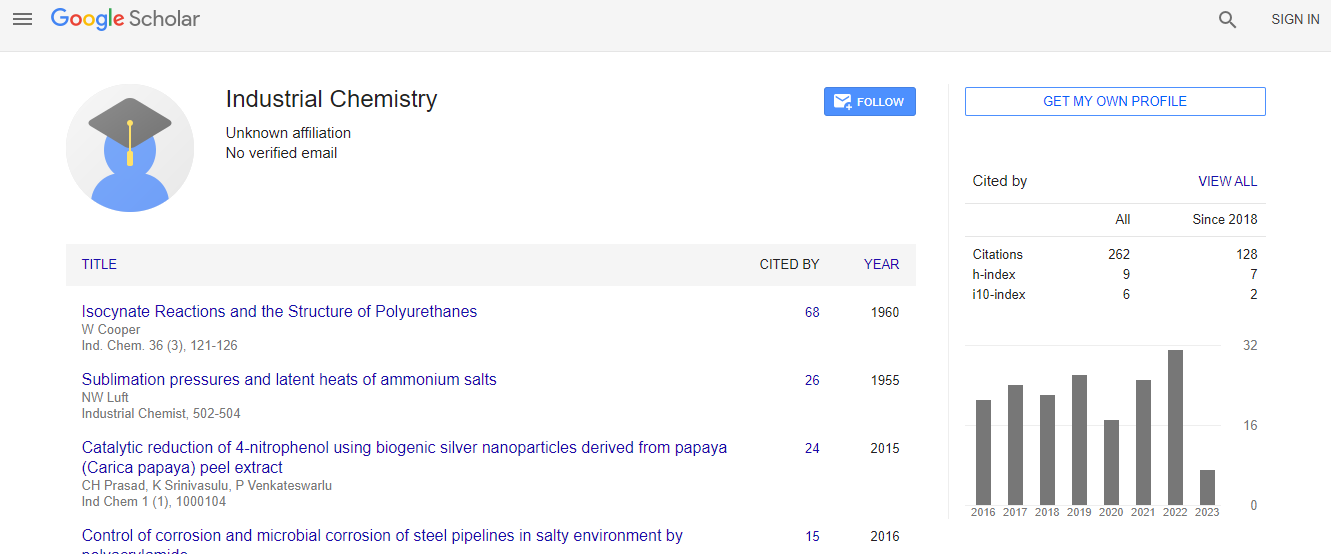Our Group organises 3000+ Global Events every year across USA, Europe & Asia with support from 1000 more scientific Societies and Publishes 700+ ������ Journals which contains over 50000 eminent personalities, reputed scientists as editorial board members.
������ Journals gaining more Readers and Citations
700 Journals and 15,000,000 Readers Each Journal is getting 25,000+ Readers
Citations : 262
Indexed In
- Index Copernicus
- Google Scholar
- RefSeek
- Directory of Research Journal Indexing (DRJI)
- Hamdard University
- EBSCO A-Z
- OCLC- WorldCat
- Scholarsteer
- Geneva Foundation for Medical Education and Research
- Euro Pub
Useful Links
Recommended Journals
Related Subjects
Share This Page
A research on the microstructure, mechanical properties and corrosion kinetics in Zr-Nb-Fe alloys
International Conference on Industrial Chemistry
Weijie Lyu
Shanghai Jiao Tong University, China
Posters & Accepted Abstracts: Ind Chem
DOI:
Abstract
It has been reported that corrosion kinetics transition phenomenon in Zr-Nb-Fe alloys is triggered by lateral cracks in the oxide film. To further investigate the mechanism of this phenomenon, four Zr-Nb-Fe alloys with distinct chemical compositions were prepared via conventional rolling/annealing process and second �?²-quenching/low temperature final annealing process. Scanning electron microscope, transmission electron microscope, nano-indentation and autoclave corrosion tests were jointly carried out to characterize in detail the microstructural features and mechanical properties of alloys and oxide film formed in the corrosion. The results indicate that it takes more time for the occurrence of corrosion kinetics transition phenomenon with the increase of the alloy strength. However, if the alloys with different composition have almost the same strength, the corrosion kinetics transition phenomenon takes place earlier when the oxide film has lower hardness. The reasons for the above results can be attributed to the fact that lateral cracks are presented in the oxide film above the sharp crests of undulations of oxide film and metal interface before transition, which results from the deformation of matrix. The alloy with higher strength can resist the deformation of matrix and thus retard the evolution of undulated interface. Then, the lateral cracks in oxide film appear later. However, the oxide film with lower hardness is easier to be cracked since it may exist more flaws, such as pores and micro-cracks.Biography
Email: luweijie@sjtu.edu.cn

